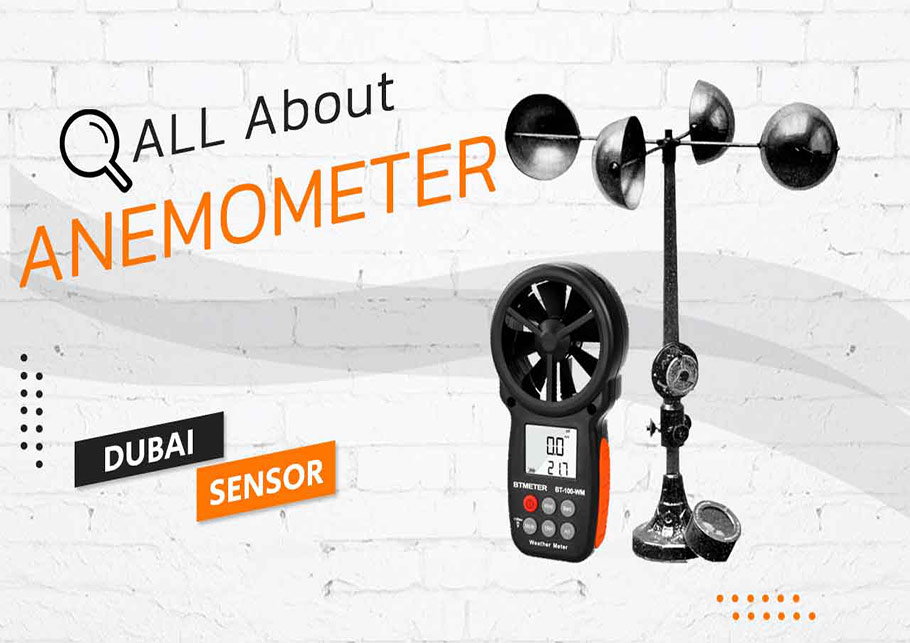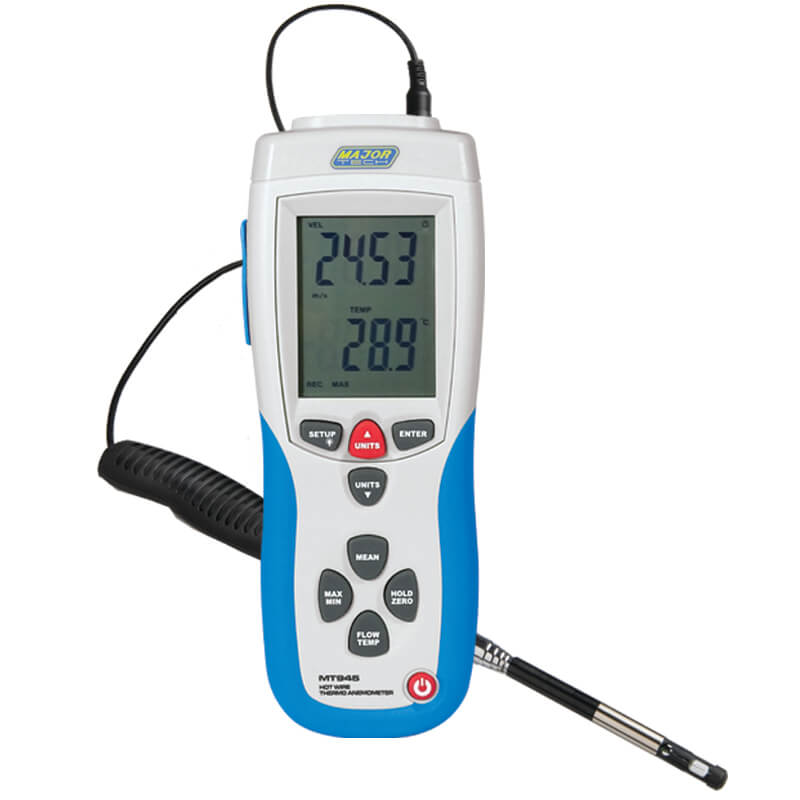Picking the Right Anemometer: A Comprehensive Buying Overview
Wiki Article
Anemometers Introduced: Understanding Their Importance in Environmental Monitoring and Safety Steps
The function of anemometers in environmental surveillance and security steps is commonly undervalued, yet their value is indisputable. From meteorology to aeronautics safety, anemometers play a crucial duty in giving exact information that informs decision-making procedures and boosts overall safety and security.History of Anemometers
The advancement of anemometers can be traced back to the ancient people where simple wind gauging gadgets were initial used. These early wind measurement devices laid the foundation for the advancement of more innovative anemometers in time. Among the earliest well-known anemometers was the hemispherical cup anemometer developed by Leon Battista Alberti in the 15th century. This design included 4 hemispherical cups that collected wind power, supplying a measurement of its strength based on the speed of rotation.Over the years, advancements in innovation led to the development of more modern-day anemometers, including ultrasonic anemometers and laser Doppler anemometers, offering increased accuracy and performance in gauging wind rate and instructions. The history of anemometers showcases an amazing journey of development and progress in the field of weather forecasting.
Kinds of Anemometers
Throughout the field of meteorology, different kinds of anemometers have actually been established to accurately determine wind speed and direction. Sonic anemometers utilize ultrasonic signals to gauge wind rate and direction accurately. Hot-wire anemometers operate based on the principle that the cooling impact of wind on a heated cord is symmetrical to the wind speed.Applications in Weather Forecasting
Having actually gone over the numerous sorts of anemometers used in weather forecasting for measuring wind rate and instructions, it is important to explore their functional applications in the area. Anemometers play an essential function in weather forecasting by giving real-time and exact data on wind conditions (anemometer). Meteorologists utilize anemometers to keep track of wind speed and direction to forecast climate patterns, problem warnings for extreme climate occasions like typhoons, hurricanes, and storms, and evaluate atmospheric conditions for aeronautics safety and securityIn meteorology, anemometers aid in recognizing local and regional wind patterns, which are crucial for anticipating weather condition changes and determining climatic patterns. These devices are additionally made use of in research study to examine microclimates, metropolitan heat islands, and air contamination diffusion. Furthermore, anemometers are employed in farming to maximize crop management techniques, such as irrigation and chemical application, based upon wind conditions.
Significance in Aviation Security
An important element of ensuring aeronautics security hinges on the meticulous surveillance of wind conditions using anemometers. Anemometers play a crucial duty in aeronautics by supplying real-time information on wind rate and direction, aiding pilots in making educated decisions during touchdown, flight, and liftoff. Unforeseeable and strong winds can considerably influence aircraft operations, making it vital for aviation authorities to rely upon precise wind dimensions to guarantee the safety and security of passengers and team.
In the dynamic setting of aviation, where even small modifications in wind rate and direction can have profound impacts, anemometers stand as essential devices for advertising risk-free and protected flight.
Function in Environmental Research
How do anemometers contribute to advancements in ecological study? Anemometers play a critical duty in ecological research study by providing vital click for info data on wind speed and instructions. This details is crucial for understanding different climatic processes, such as air pollution diffusion, climate patterns, and climate change. By properly measuring wind features, anemometers aid researchers evaluate the activity of pollutants in the air, evaluate the effect of commercial exhausts, and anticipate the spread of impurities in the atmosphere.

Final Thought
In verdict, anemometers have actually played an important role in ecological tracking and security steps. Comprehending the importance of anemometers is important for properly determining wind rate and instructions, which is vital for forecasting weather condition patterns, ensuring secure aviation operations, and conducting ecological studies.One of the earliest well-known anemometers was the hemispherical cup anemometer designed by Leon Battista Alberti in the 15th century. Over the years, innovations in modern technology led to the development of even more modern anemometers, consisting of ultrasonic anemometers and laser Doppler anemometers, offering boosted accuracy and efficiency in measuring wind speed and instructions. Hot-wire anemometers run based on the concept that the cooling impact of wind on a warmed wire is symmetrical to the wind rate. Meteorologists use anemometers to check wind speed and direction to forecast climate patterns, issue cautions for severe climate occasions like hurricanes, typhoons, and tornados, and my review here examine atmospheric conditions for aeronautics safety and security.
Comprehending the relevance of anemometers is important for precisely gauging wind rate and instructions, which is vital for anticipating weather condition patterns, making certain secure aviation procedures, and conducting environmental researches. (anemometer)
Report this wiki page